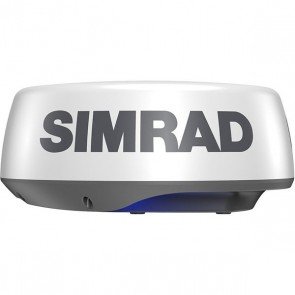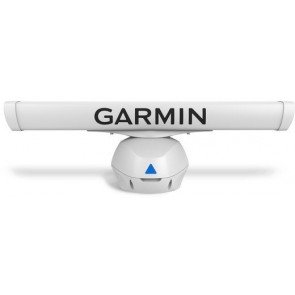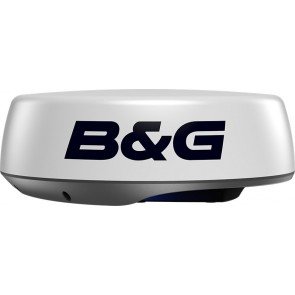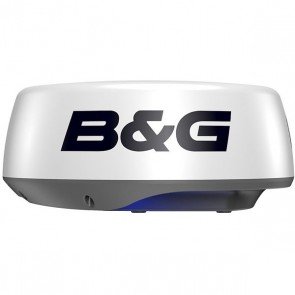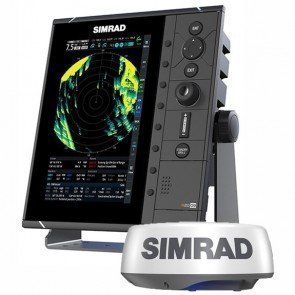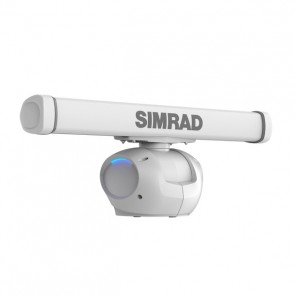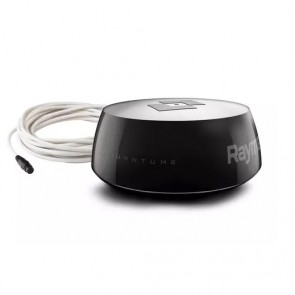Doppler
Doppler >Radar uses the Doppler effect to produce a measure the velocity of distant objects.
It does this by bouncing microwave energy waves off a distant target, just like conventional >Radar. Moving targets then send back echoes whose frequencies shift upward or downward from what was originally transmitted.
Doppler >Radar is tuned specifically to detect the >Radar echo Frequency shift returned by moving vs. stationary targets.
For inbound targets, the Frequency increases as the Leading Edge of the returning echoes are received more frequently as the target’s Range decreases.
For outbound targets, the Frequency drops as the returning echoes spread out as its Range increases.
Advanced Doppler technology
With Advanced Doppler technology, moving >Radar targets are highlighted and colour-coded to show whether they are inbound (red) or outbound (green), reducing your risk of collision.
Doppler effect
The Doppler effect was named after physicist Christian Doppler, who identified it in 1842.
It's the Doppler effect that shifts the received Frequency up or down based on the radial velocity of the target in the antenna's directional Beam in order to accurately measure the target's velocity.
Doppler radars are engineered to detect these small shifts in wave Frequency, and use them to classify moving >Radar targets. They may be either Frequency Modulated, Continuous Wave, or Coherent Pulsed.
Related Products
-
Simrad Halo20+ Pulse Compression Radar
RRP: $3,499.00
NOW: $2,945.00
-
Furuno DRS4D NXT UHD Digital Radar
RRP: $5,445.00
NOW: $5,090.00
-
Raymarine Quantum 2 CHIRP Radar
RRP: $4,499.00
NOW: $4,029.50
-
Garmin Fantom 54 Open Array Radar
RRP: $9,899.00
NOW: $9,218.00
-
Garmin Fantom 56 Open Array Radar
RRP: $11,749.00
NOW: $10,941.00
-
Lowrance Halo24 Pulse Compression Radar
RRP: $4,799.00
NOW: $4,423.00
-
B&G Halo24 Pulse Compression Radar
RRP: $4,799.00
NOW: $4,664.65
-
Simrad Halo24 Pulse Compression Radar
RRP: $4,799.00
NOW: $4,112.00
-
Lowrance Halo20+ Pulse Compression Radar
RRP: $3,499.00
NOW: $3,275.50
-
B&G Halo20+ Pulse Compression Radar
RRP: $3,499.00
NOW: $3,275.50
-
Simrad R2009 Radar & Halo20+ Radar System
RRP: $4,899.00
NOW: $4,445.00
-
Simrad Halo 2003 Open Array Radar
RRP: $8,999.00
NOW: $8,941.50
-
Simrad Halo 2004 Open Array Radar
RRP: $9,698.99
NOW: $9,698.00
-
Simrad Halo 2006 Open Array Radar
RRP: $10,798.99
NOW: $10,798.00
-
Raymarine Quantom 2 Q24D Pulse Compression Radome
From: RRP $4,499.00
$4,029.50

